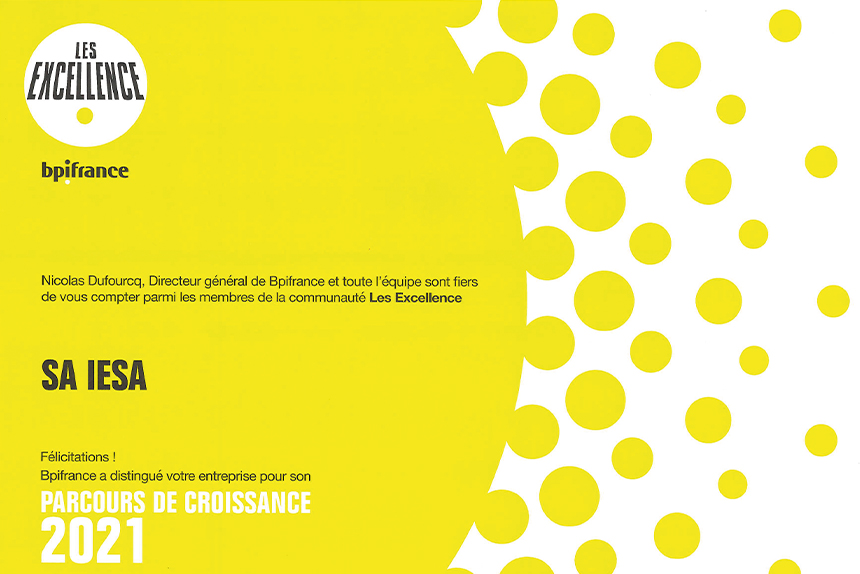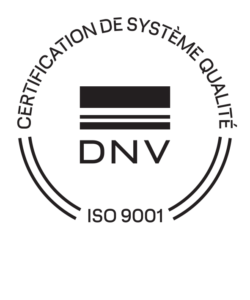ATEX, a safety regulation
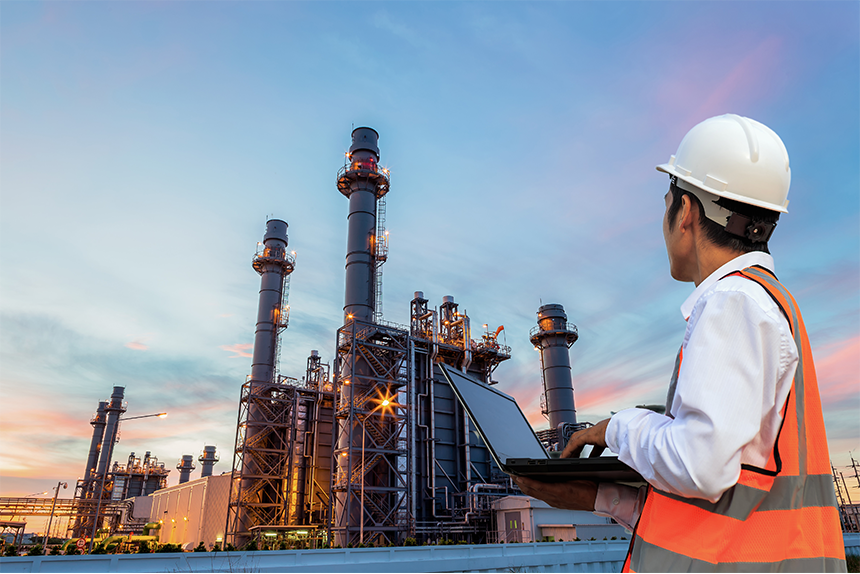
Where do the ATEX requirements come from ?
In the history of industry there have been periodic accidents and catastrophes caused by explosions which resulted from the simultaneous presence of gas or explosive dust, oxygen, and a source of energy. To forecast these phenomena, the ATEX requirements were developed from two European regulations:
- 2014/34/UE or ATEX 95 for equipment intended for use in ATEX zones
- 1999/92/CE or ATEX 137 for worker safety
ATEX and IESA !
IESA developed knowledge and skills concerning ATEX in order to serve clientele working in Oil & Gas, as well as for dust collection processes for carbon-based materials.
The first step was to have 8 of our employees trained on the principles and the legal requirements at an Ism.ATEX 2EM training session. We chose INERIS from the 29 European organisations capable of certifying installations. This allowed us to successfully complete our first contracts in the sector for clients with very high expectations.
Since that time, IESA regularly studies plants subject to this regulation, which enables us to keep up with changes, both for revamping or bringing up to standard, and for Greenfield projects.
This means that IESA will take into account geographic locations and the requirements of the specifications concerning applicable regulations (NEC, CA, IEC, IECEx, …) when bringing its expertise to the implementation of your projects.
Here are some significant illustrations of our most recent realizations in the regulatory framework specified by our clients.
Design and implementation of completed installations including zones subject to ATEX regulations
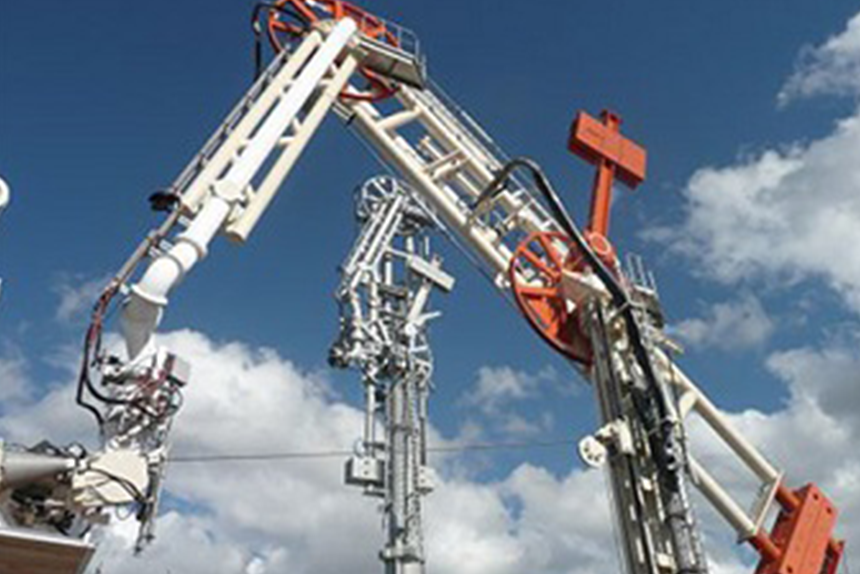
Oil & Gas – Liquefied gas loading arms
- Design, manufacturing and reception testing of power equipment and control-command combining several technologies (d, e, i, p)
- Realization of similar projects in Angola, Venezuela, India, Jordan, and Europe
Dust – Dust extraction at a tire rubber production plant
- Design, manufacturing, and testing and on-site installation of the electicity / command-control part, and the vaccuuming, filtration and storage of VOC (volatile organic compounds) and other dusts generated by the process
- Realization of similar projects in China, India, and Brazil
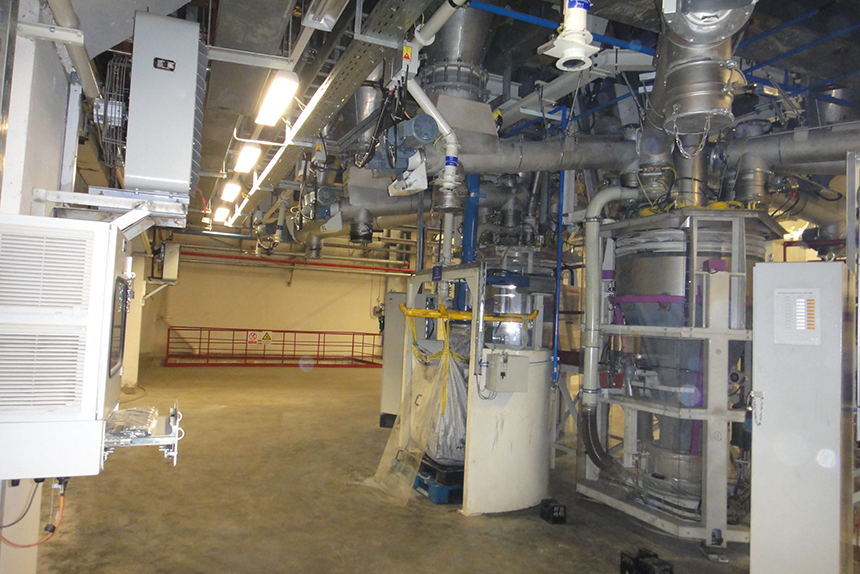
Once the classification of your zones is clearly defined and your regulatory choices have been decided upon, IESA is the ideal partner to accompany you throughout your project “Electricity-Instrumentation”
For more information on these regulations
ATEX stands for EXplosive ATmosphere and is applied in France through the texts in the labor code. It requires all those responsible for businesses and other establishments, to master the risks relative to explosive atmospheres as well as to other professional risks. It is thus necessary to draw up a DRPCE (document relative to protection against explosions) in order to identify all the hazardous locations where explosive atmospheres can form.
There are different explosive danger thresholds defined with inferior limits (LIE) and superior limits (LSE) of explosiveness. The different ATEX zones are subdivided into several categories: 0/1/2 for gases, and 20/21/22 for dusts. Each zone is classified into a category based on its type and likelihood of the presence of a hazardous (explosive) atmosphere.
